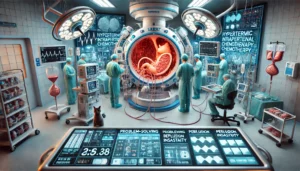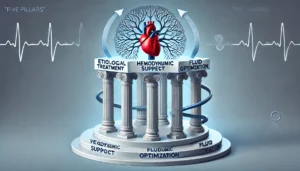
Limiting the Gamble: Risk and Predictability for Renal Replacement Therapy in Patients Receiving Mechanical Circulatory Support
This study investigates risk factors for renal replacement therapy (RRT) in patients receiving mechanical circulatory support (MCS). A retrospective analysis of 129 patients revealed an RRT incidence of 36%. Key risk factors include prior immunologic therapy and the presence of pacemakers or internal cardiac defibrillators. Unfractionated heparin showed minimal protection against RRT. Findings suggest systemic inflammation plays a role, emphasizing the need for alternative anticoagulation strategies.










